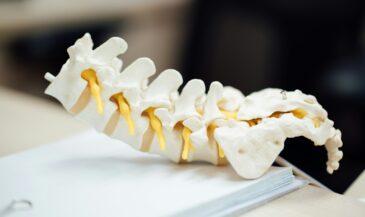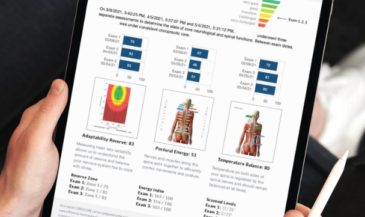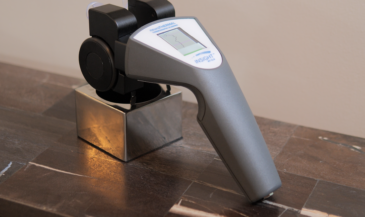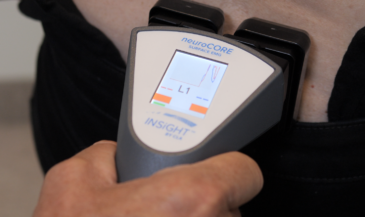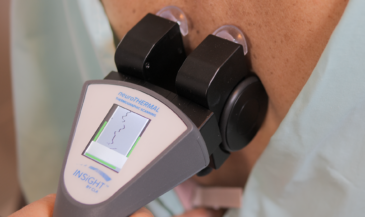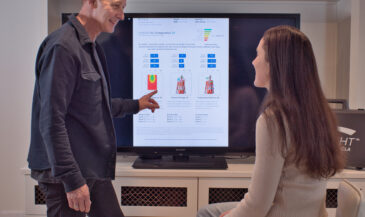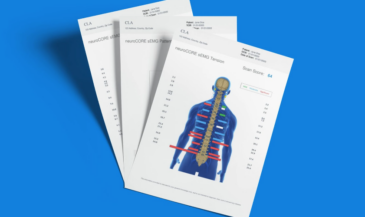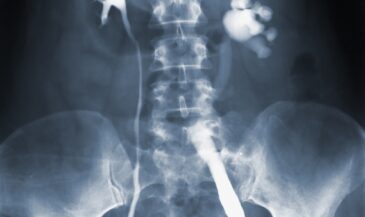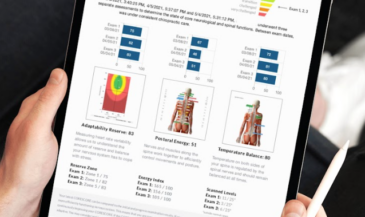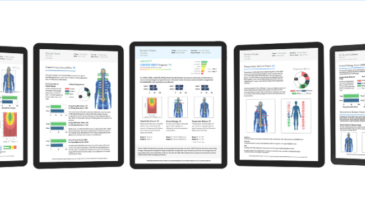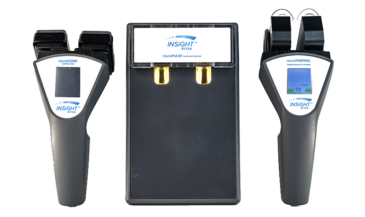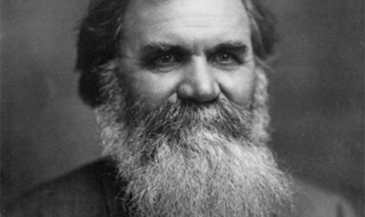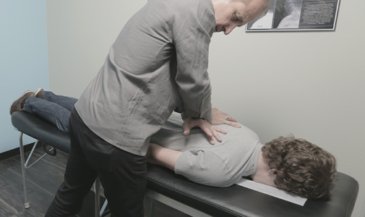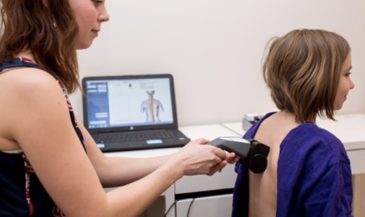It is obvious that the neurobiological models of subluxation are not mutually exclusive, and that any or all may be operative in a given patient. Clinical practice requires that theoretical models of nerve dysfunction be operationalized. This process has resulted in the development of clinical operational models. Selection of outcomes assessments is dependent upon the nature of the model employed by the practitioner.
Cooperstein (1) described two broad approaches to chiropractic technique, the segmental approach and the postural approach. Murphy (2) added a third, the tonal approach.
These conceptual models determine the nature of the analytical procedures employed, the type of adjustments applied, and the criteria for determining the success or failure of a given intervention. A summary of each follows:
1. The segmental model. Subluxation is described in terms of alterations in specific intervertebral motion segments. In segmental approaches, the involved motion segments may be identified by radiographic procedures which assess intersegmental disrelationships, or by clinical examination procedures such as motion palpation. Examples of segmental approaches are the Gonstead (3) and Diversified techniques (4).
2. Postural approaches. In postural approaches, subluxation is seen as a postural distortion. Practitioners of postural approaches evaluate “global” subluxations using postural analysis and radiographic techniques which evaluate spinal curves and their relationship to the spine as a whole. Examples of techniques emphasizing a postural approach are Pettibon Spinal Biomechanics (5) and Applied Spinal Bioengineering (6,7).
3. Tonal approaches. In 1910, D. D. Palmer (8) wrote, “Life is an expression of tone. Tone is the normal degree of nerve tension. Tone is expressed in function by normal elasticity, strength, and excitability…the cause of disease is any variation in tone.”
Tonal approaches tend to view the spine and nervous system as a functional unit. Tonal approaches emphasize the importance of functional outcomes, and acknowledge that clinical objectives may be achieved using a variety of adjusting methods. Examples of tonal approaches include Network Spinal Analysis (9,10) and Torque-release Technique (11).
In reviewing the basic science and clinical models of the subluxation, it may be seen that the wide diversity of techniques in chiropractic may use different methods, but generally share the common objective of correcting spinal nerve interference caused by vertebral subluxation. Commonality and accountability may be achieved through the development of models which emphasize clinical outcomes, yet afford the practitioner flexibility in determining how those objectives are achieved.
Such outcomes include, but are not limited to, evidence of functional integrity of the nervous system, and improvement in general health and quality of life indicators. Research resources should be directed toward the development of models and clinical strategies which result in more predictable and more efficient practice procedures.
References
1. Cooperstein R: “Contemporary approach to understanding chiropractic technique.” In: Lawrence DJ (ed): “Advances in Chiropractic,” Volume 2. Mosby, St. Louis, MO, 1995.
2. Murphy D: Seminar notes. 1995.
3. Plaugher G (ed): “Textbook of Clinical Chiropractic: A Specific Biomechanical Approach.” Williams and Wilkins, Baltimore, MD, 1993.
4. States AZ: “Spinal and Pelvic Techniques.” National College of Chiropractic, Lombard, IL, 1967.
5. Pettibon B: “Introduction to Spinal Biomechanics.” Pettibon Spinal Biomechanics Institute, Tacoma, WA, 1989.
6. Speiser R, Aragona R, Heffernan J: “The application of therapeutic exercises based upon lateral flexion roentgenography to restore biomechanical function in the lumbar spine.” Chiropractic Research Journal (1990) 1(4):7.
7. Speiser R, Aragona R: “Applied spinal bioengineering (ASBE) methodology utilizing pre- and post-stress loading roentgenographs and biomechanical physiological rehabilitative spinal exercises.” Proceedings of the International Conference on Spinal Manipulation. Arlington, VA, 1989.
8. Palmer DD: “Textbook of the Art, Science, and Philosophy of Chiropractic. The Chiropractor’s Adjuster.” Portland Publishing House, Portland, OR, 1910.
9. Epstein D: “The spinal meningeal functional unit: tension and stress adaptation.” Digest of Chiropractic Economics (1986) 29(3):58.
10. Epstein D: “Network chiropractic explores the meningeal critical. Part 1: anatomy and physiology of the meningeal functional unit.” Digest of Chiropractic Economics (1994) 26(4):78.
11. Holder JM, Talsky M: Torque-release Technique. Seminar notes. 1995.


















